Prahok: The pungent fish elevating Cambodian cuisine
While the world is familiar with the food from neighbouring Thailand and Vietnam, Cambodian cuisine is still relatively unknown. Can a sharp-smelling fish change that?

"There's a saying among our elders, 'No good prahok, no good friends'," said chef Luu Meng with a smile. "Prahok in the countryside is part of life for Cambodian people; it has been an essential ingredient in kitchens for many generations."
You'll find a jar of prahok in most family homes, it makes everyone happy
Meng is referring to Cambodia's distinctive fermented fish paste that has provided the nation with protein and flavour since the 9th- to 15th-Century Angkorian era, a period often characterised as Cambodia's cultural peak. "In the provinces, when people go and see their future mother-in-law, they have to cook a good dish of prahok ktis (a rich spicy pork dip) to make her smile. That's how important prahok is to us."

For centuries, prahok has sat at the heart of local cuisine, entrenched deeply in Cambodian culture. Today, the condiment whose pungent smell sends many tourists running, continues to be the star ingredient in an array of vegetable, meat and rice dishes, as well as soups.
"You'll find a jar ofprahok in most family homes, it makes everyone happy," said Meng, founder of the acclaimed Malis restaurant in Cambodia's capital, Phnom Penh, and a string of other upmarket eateries. He was fresh from a two-day stint heading up a team of chefs to cook 410 boxes of prahok ktis– a treasured delicacy comprised of fermented fish paste, minced pork, pea eggplants, coconut milk and kaffir lime leaves, usually served as a dip and eaten with fresh vegetables like cucumber, carrots and cabbage.
Each box can feed a family of eight, and they were donated to street sellers, cleaners and other vendors working outside the Royal Palace in the heart of Phnom Penh whose livelihoods have been hit hard by the pandemic and the capital's recent round of lockdowns.
"We want to make this prahok dish to remind people of home and give them some food to share during these times," said Meng.

The chef, who has introduced the country's distinct flavours and age-old cooking techniques to celebrity chefs including Anthony Bourdain and Gordon Ramsay, has dedicated the last three decades to reviving and elevating traditional Cambodian cuisine. And prahok is at the heart of that.
As Cambodia's only "master chef" – an honourary title bestowed on experts in their field – Meng has devoted his career to immortalising and reinventing Cambodian recipes passed down orally through generations. Many of these dishes were in danger of being lost after the Khmer Rouge regime, under which up to two million people died between 1975 to 1979.
Cambodia's currency is named after the fish used to make prahok
While prahok has remained a staple in Cambodia's national diet, Meng is finding creative ways to incorporate it into the contemporary dishes he serves.
"When I was very young, my mum and her friends always used to prepare prahokdishes," he recalled from Malis' bustling kitchen. "The smell was so good and we'd make new friends while cooking them. It was part of my childhood."

Traditionally made from a local mud carp called trey riel, prahokhas played an important role in local livelihoods since the Khmer Empire, the masterminds behind mighty Angkor Wat. In fact, the Cambodian currency, riel, is named after the small, silvery fish.
"Prahok has formed the daily diet of Khmer people for centuries," said Chhem Siriwat, who published a paper titled Food Diplomacy for Cambodia's Nation Branding last year. He notes that prahok formed the "foundation of the daily lives of kings and peasants alike". And while the world is very familiar with Thai and Vietnamese cuisine next door, Cambodian cuisine is still relatively unknown. Siriwat is hoping that prahok can help introduce diners to the nation's broader culinary culture.
"Prahok enhances the taste and aesthetics of the rich diversity of Khmer dishes," said Siriwat. "If promoted correctly, prahok could be an essential ingredient to highlight the powerful flavour profile and uniqueness of Khmer cuisine, a strong act of nation branding."
Cambodia is laced with waterways, including the Mekong and Tonle Sap rivers and Southeast Asia's largest body of freshwater, the Tonle Sap Lake. This means that fish contribute heavily to the national diet. According to CGIAR, a global partnership that researches food security, fish accounts for 66.3% of Cambodian households' animal protein intake.
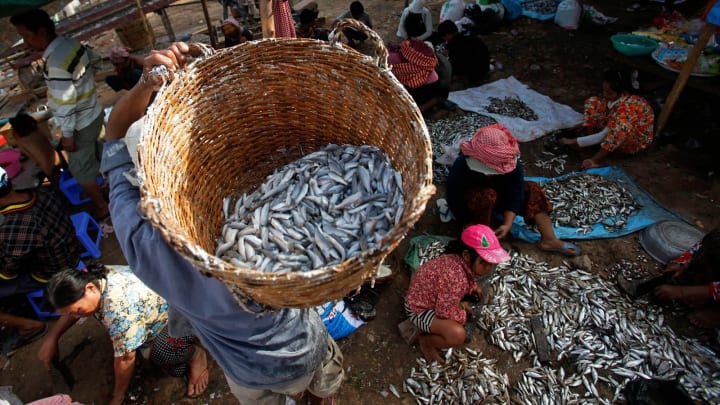
Additionally, the annual monsoon rains that cause rivers and lakes to swell trigger a flurry of fish. However, during the Khmer Empire's six-century reign, there was no form of refrigeration to keep fish fresh, so an alternative was sought.
"There were no coolers or fridges then. There still aren't today in many parts of Cambodia," said the country's leading female chef Ros Rotanak – better known as Chef Nak – who has her own cooking channel and is currently working on her second cookbook. "[Trey riel] is a good source of food year-round and is packed with protein. [The monsoon season] is also the only time when there are so many fish, so we need to find a good way to preserve it for the rest of the year."
The finest prahok can be kept for up to three years and is made through a two-day process
The perfect answer was prahok. The finest of the fermented fish can be kept for up to three years and is made through an arduous, two-day process that has been passed down through families who have been preparing and selling prahook for generations.
Between December and January, the banks of Cambodia's waterways spring to life as fish season kicks in. The shift in climate from wet to dry causes the flow of the Tonle Sap River to reverse. This unique natural phenomenon brings with it a mass migration of fish and is the peak period for Cambodia's army of fishermen. The tonnes of tiny fish netted are then bought by prahok makers, who dedicate the next few days to meticulously making batches to stock up the country's supplies for the next 12 months.

Chhan Sochea, whose family have been producing prahok for generations from her house on the banks of the Mekong River near Phnom Penh, described the process.
"It's very hard and takes a long time," she said. First, the heads of each of the hundreds of thousands of small fish need to be cut off before they are individually scaled and gutted by hand. Next, they are vigorously washed with fresh water up to 10 times.
The fish are then left to dry in baskets outdoors for 24 hours, at which point they slowly begin to rot, triggering the sharp stench that has earned prahokthe nickname of "Cambodian cheese". Afterwards, the rotting fish are ready to be marinated in stacks of salt. Sochea is unable to say exactly how much salt. "I just know when I look at how many fish I have. I learned it from my mother and grandmother," she said.
Next, the mixture is pounded together. While today Sochea uses a small crushing machine she operates manually, she remembers her grandparents and parents stomping on the stinking fish with their bare feet.
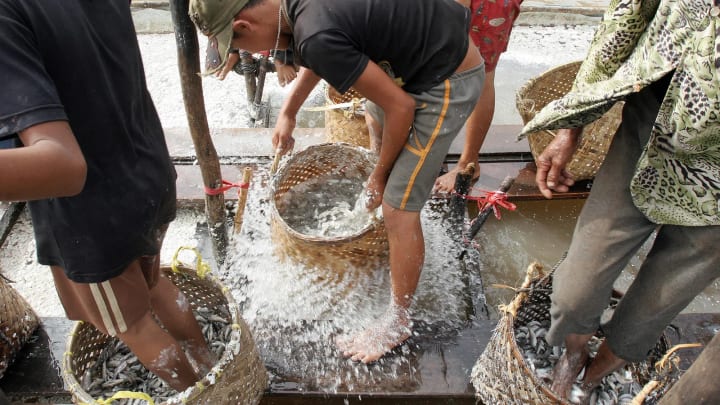
The crushed prahok is then packed into airtight containers. After another layer of salt is added, the lid is tightly shut and left at room temperature for about one month. The result is ripe prahok to be used in Cambodia's kitchens until next year's season arrives.
In the countryside, plain prahok is mostly eaten alongside rice, providing a vital nutritional supplement to farmers' predominantly rice diet. However, it is a common ingredient in soups, such as samlor kakou (a spicy fish-and-vegetable soup) whose flavoursome broth is made of fish, pork or chicken, vegetables, prahok and kroeung (curry paste). Prahok also stars in the national dish of fish amok, a fragrant fish curry steamed in banana leaves, and it doubles as a dipping sauce, such as prahok ktis and the fish-based, seasonal vegetable-accompanying teuk kreung.
According to Rotanak, prahok is also used in many innovative ways. Like Meng, she scoured the country in search of age-old recipes to preserve in her cookbook, Nhum. In Tropiang Prei village in Siem Reap province, she discovered the rich dish of duck lemongrass sour soup with palm fruit (samlor mchou thnaut sach tea). Here, prahok adds a sharp contrast to the sweet duck and bitter bite of palm fruit.
"Every mum has a different recipe, and each one thinks theirs is the best," said Meng, adding that prahok is evolving alongside Cambodia's rapid development. "Now, there are new recipes for marinating and preserving the fish. There's a lot more choice using different salts and spices, and this is a great advancement."
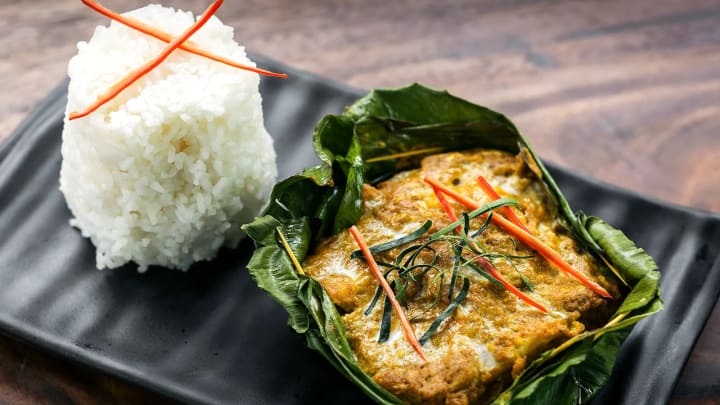
At Malis, Meng also likes to get creative and play with prahok on the menu. For example, the signature kuy tiev prahok ktis sees traditional noodle soup slowly cooked with fish and prawns in a blend of prahok, spices and coconut milk.
"We want to offer people living in the capital who miss home-cooked food something that reminds them of life back in the countryside," said Meng. "Like what olive oil is to Italians, prahok will always be in Cambodians' homes."
About the Creator
Turnell Feliu
People who shiver from the cold can best appreciate the warmth of the sun. Those who have experienced life's troubles know best the preciousness of life



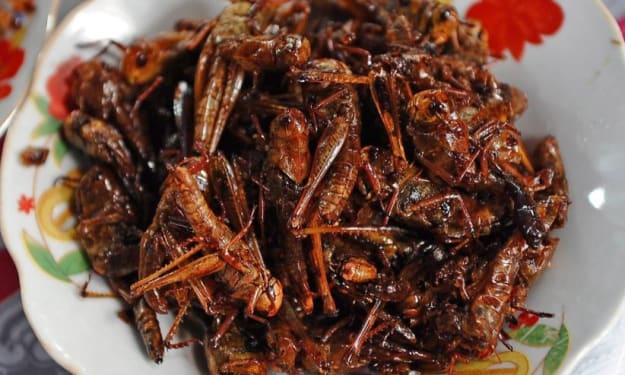
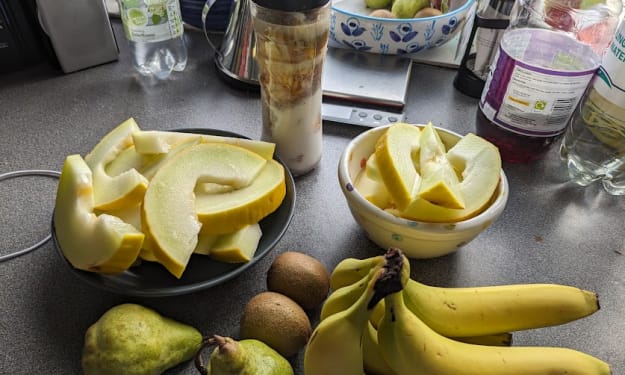

Comments
There are no comments for this story
Be the first to respond and start the conversation.